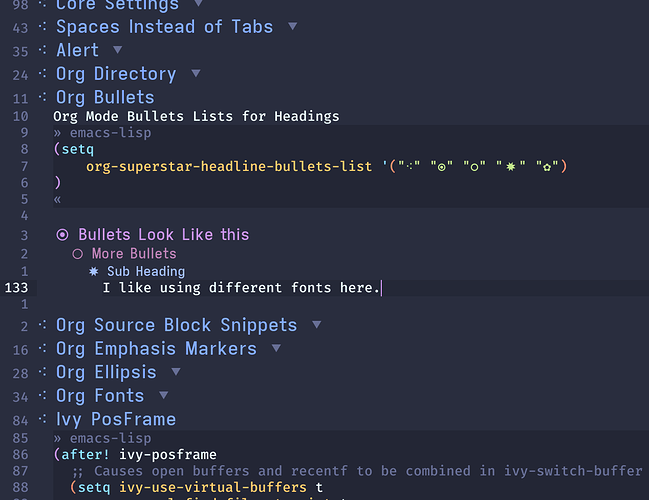Daily Journal.
Of course you can ask. If I understand the feature fully, it can work in the spirit of org mode, and have time I will certainly make changes where I can. You are also very welcome to work with me and push PRs. I I have a second collaborator that helps keep me honest and has fixed a number of bugs and I have already added a few features for a couple of people. The source is a bit of a mess since a lot of it was hacked
“in a few minutes one evening”
“while waiting for a meeting to start some afternoon”
“while waiting for something in the car”
Many of those stolen moments are why I would LOVE to see sublime operate on my phone! I am still using my doom emacs config in a termux session on my phone to implement a bunch of features for sublime! Which is kind of ironic.
orgagenda.py is probably where you want to start for an example of walking the DB to get the details of the day.
Each of the panels (separated by ===============) are independent “View” objects that each get access to the org file DB, get to filter the results they care about and produce a “Render” of what they have filtered.
Then you probably want to look at orgcapture.py which has OrgArchiveSubtreeCommand which is a text command that can archive a subtree. It’s… quite a hack, but should give you enough to build your own. NOTE: Because I have chained editing of a buffer going on in there (adding property drawers and adding properties for the archived element) you are going to run smack dab into one of the little goofy things I did which is use pymitter and an onDone token to allow me to chain sublime textcommands (Execute one text command after another, once it executes) Where I can’t do that (like running the sublime “save” command) I cheat and use a timer to run after the command has executed. Like I said… it’s an ugly little hack. Sadly the capture code was probably one of the first things I wrote, so it is probably one of the worst offenders of some of those hacks as I learned better ways to handle some of that stuff later on.
Finally, you either will want to tie into the notifications thread if you are trying to do this automatically, OR have your text command bound to the agenda? For that I use independent syntaxes… That is a major hack I do to allow me to have independent coloring of the buffer (based on an independent syntax) and independent key bindings, like the agenda where enter will open the item and space will open it in a new window. You can see the agenda bindings in Default.sublime-keymap.
Otherwise, if you can make an issue on my github for it with a very clear description of what you want, the more clarity, the higher the likelihood I prioritize it, I will see if I can make time to work on it sometime in a future release.

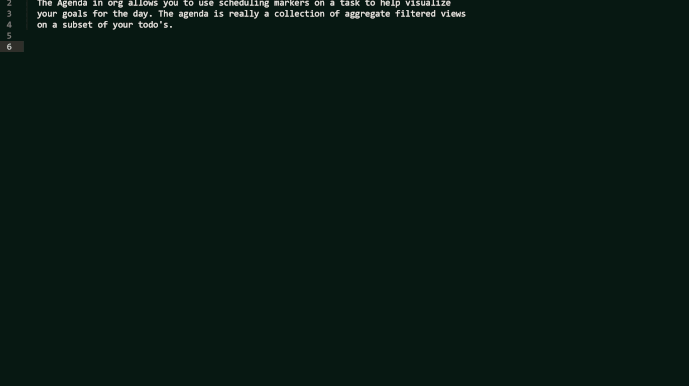
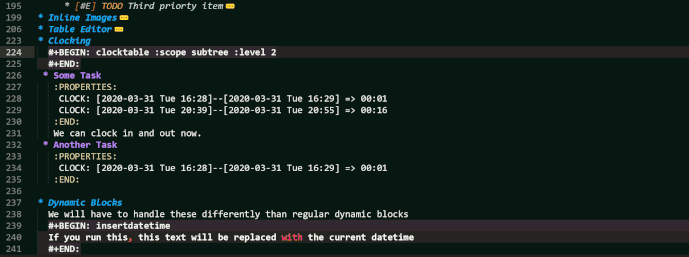
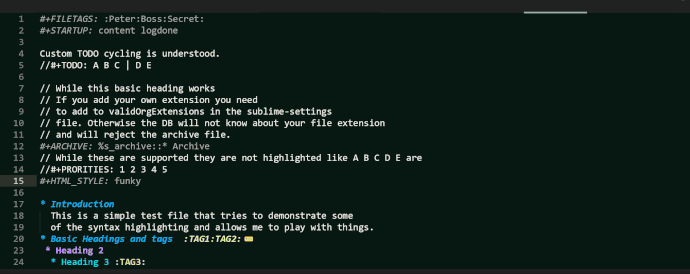
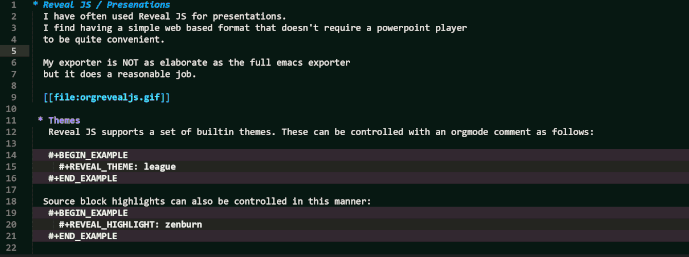
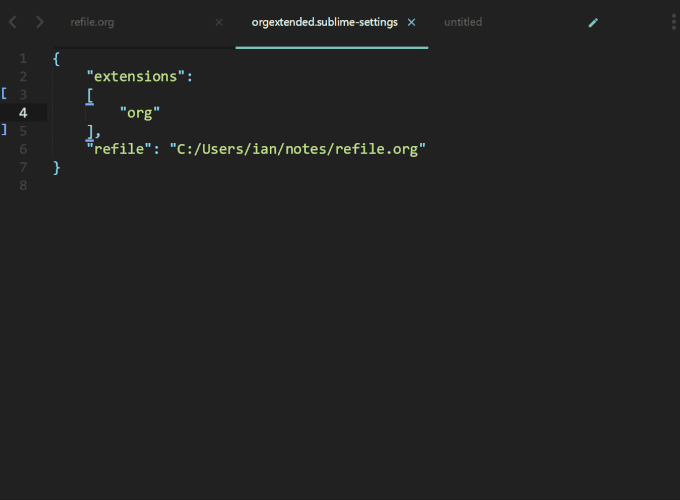
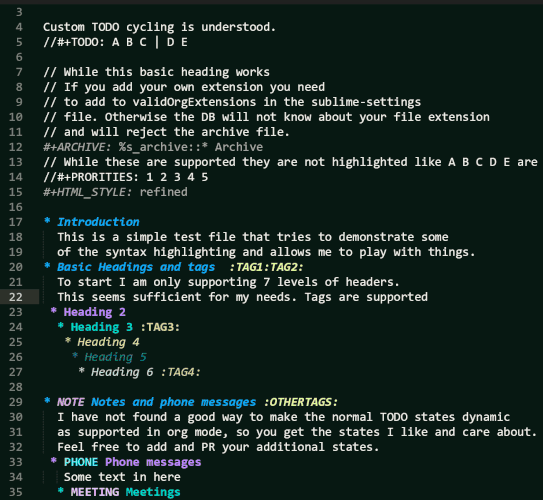
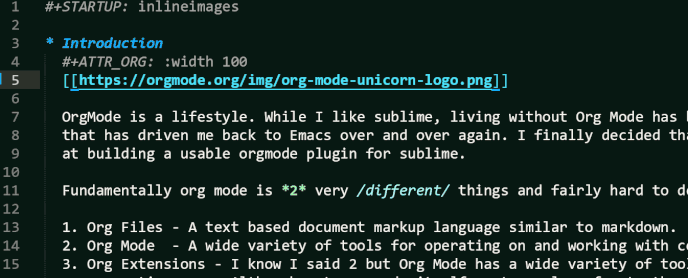
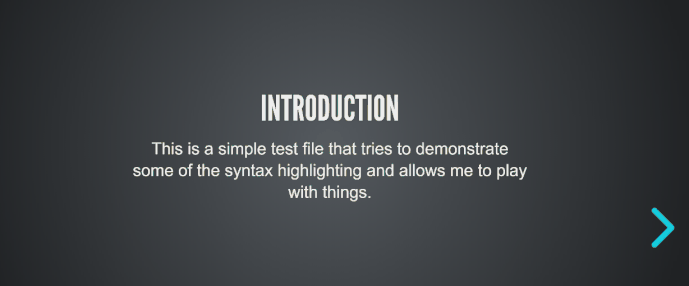
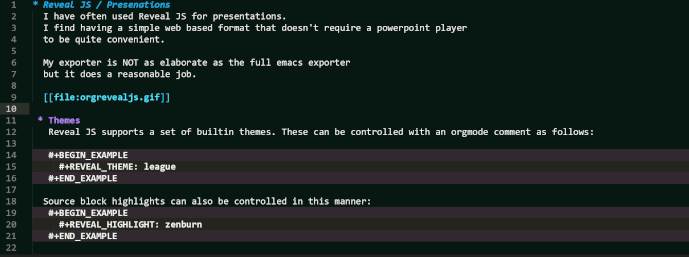
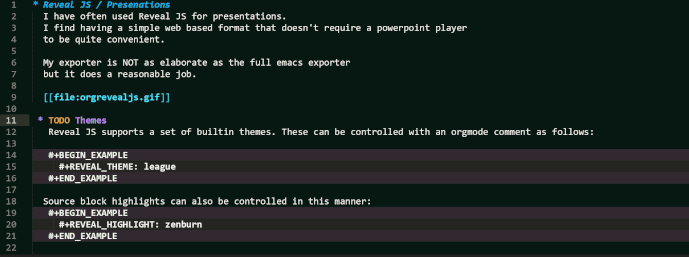
 I like to have a bit of a historical journal of my agenda and effectively have org-mode create a new daily note for me, automatically adding all of the tasks that aren’t marked complete. The previous day’s note then just goes into the archive. What would be the best way to implement this? I am happy to take a stab at it myself, but would love a pointer from you so I don’t have to go through all of the codebase.
I like to have a bit of a historical journal of my agenda and effectively have org-mode create a new daily note for me, automatically adding all of the tasks that aren’t marked complete. The previous day’s note then just goes into the archive. What would be the best way to implement this? I am happy to take a stab at it myself, but would love a pointer from you so I don’t have to go through all of the codebase.